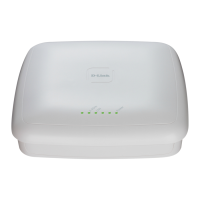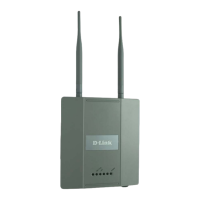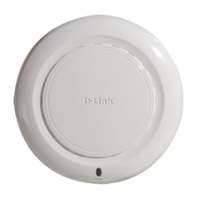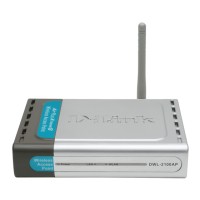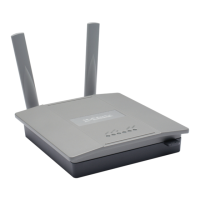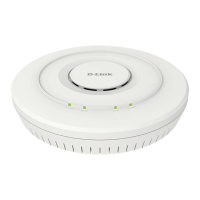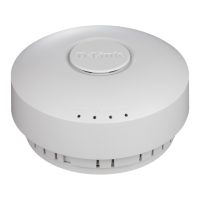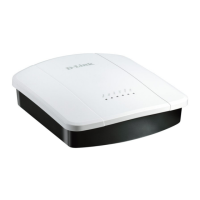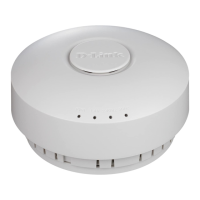IP Routing Commands 125
3 Routing Commands
• Packets forwarded in software are dropped if they exceed the IP MTU of the outgoing
interface.
Packets originated on the router may be fragmented by the IP stack. The IP stack uses its
default IP MTU and ignores the value set using the ip mtu command.
NOTE: The IP MTU size refers to the maximum size of the IP packet (IP Header + IP
payload). It does not include any extra bytes that may be required for Layer-2
headers. To receive and process packets, the Ethernet MTU (See “mtu” on
page 39.) must take into account the size of the Ethernet header.
Default 1500 bytes
Format
ip mtu <68-1500>
Mode Interface Config
no ip mtu
This command resets the ip mtu to the default value.
Format
no ip mtu <mtu>
Mode Interface Config
encapsulation
This command configures the link layer encapsulation type for the packet. The encapsulation
type can be
ethernet or snap.
Default ethernet
Format
encapsulation {ethernet | snap}
Mode Interface Config
NOTE: Routed frames are always ethernet encapsulated when a frame is routed to a
VLAN.
show ip brief
This command displays all the summary information of the IP.
Format
show ip brief
Modes Privileged EXEC
User EXEC
Default Time to Live The computed TTL (Time to Live) of forwarding a packet from
the local router to the final destination.
Routing Mode Shows whether the routing mode is enabled or disabled.
IP Forwarding Mode Shows whether forwarding of IP frames is enabled or disabled. This
is a configured value.
Maximum Next Hops The maximum number of next hops the packet can travel.
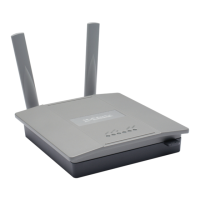
